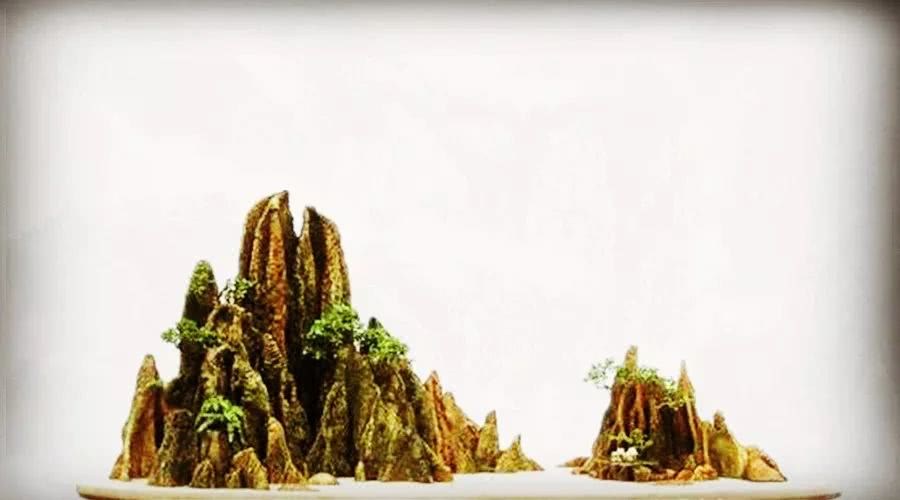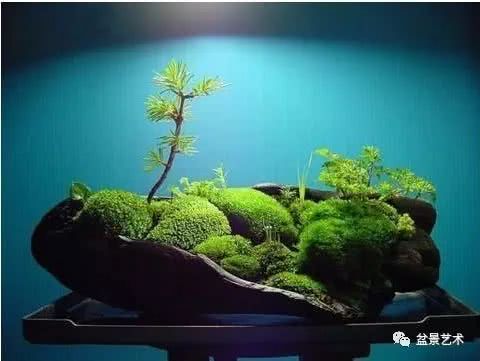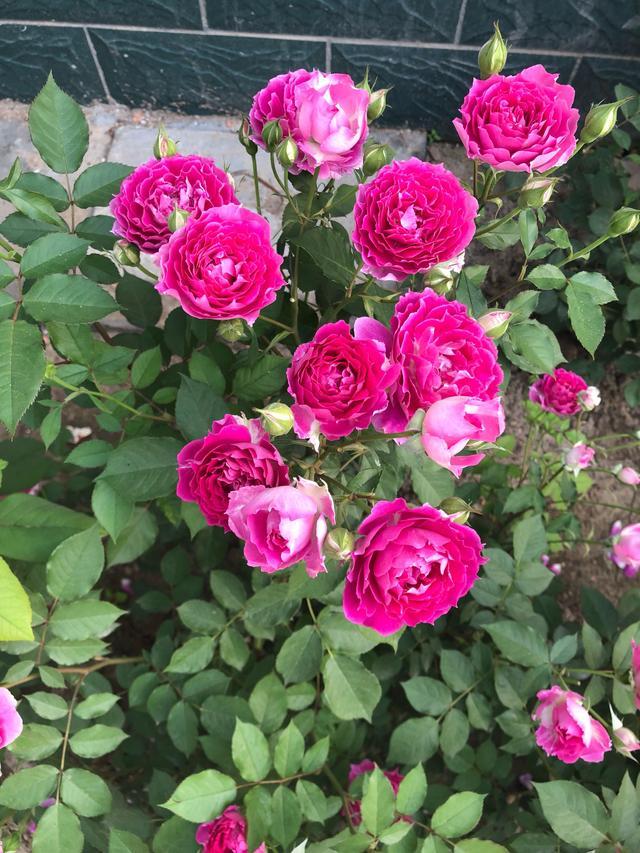Rotten wood making landscape bonsai

Rotten wood landscape bonsai belongs to simulated bonsai, and the trees themselves have natural textures. after moth-eaten and weathered, there are many holes, much like natural rocks, such as peaks such as mountains, with different shapes, like axe splitting stone, sand and accumulated stone, and Taihu Lake stone. Through processing and combination, you can create ever-changing strange peaks, all kinds of shapes, just like Tiancheng.
The use of rotten wood to make bonsai has many advantages: easy to select materials, local materials, easy to make and easy to manage, novel and unique, and interesting, rotten wood has strong water absorption. Embellished plants are easy to survive, so rotten wood will become a natural resource for bonsai lovers to make bonsai.
Material selection: generally choose the rotten part of poplar and willow, because poplar has many insect pests, easy to decay and easy to eat, and its shape is good to be carefully observed before sawing and ponder over and over again to make sure that it knows well. Then saw off the needed part with a saw.
Coloring and combination: according to the texture and shape of rotten wood, black-gray is used for those who are like axe-chopping stone, yellowish brown for those who are like sand stone, gray for those who are like Taihu Lake stone, and the true color of rotten wood can also be used.
When coloring, first adjust the color, mix it into water color with coal shavings, ink and advertising color according to the desired color, rinse rotten wood with clean water and immerse it in the adjusted water color to make it coloring evenly. After fishing out to dry, and then rinse to the floating color with clean water, it is best to use the same color and rotten wood picked from the same tree. In this way, the texture and tone are the same, and the image is more realistic.
First of all, the combination should be based on the proposition, and the conception, combination and layout should be carried out around the theme. You can also absorb the artistic conception of landscape painting and fix it with nails and wire when you put it together.
Plant configuration: "if there is no forest in the mountains, there will be no growth." Landscape bonsai plants, suddenly feel full of vitality, green hills from the green onion show. In stitched crevices and in chiseled or natural caves. Fill in fertile soil and plant ferns, florets, flowers, plants, moss and other plants. Then pour water to make the root in close contact with the soil, in order to facilitate survival, when planting moss, it is easy to survive after transplantation. Plant configuration should pay attention to the proportion, season, geographical location, scenery content, and strive to be natural, reasonable and harmonious.
Accessories placement: accessories play the role of finishing touch and proportion. A landscape bonsai with pavilions, boats, bridges, people, animals and other accessories, not only enrich the content, but also increase the flavor of life. When placing accessories, we should pay attention to the appropriate proportion of rocks, plants and accessories, and the quantity should not be too large to avoid stacking. The arrangement should be hidden, scattered, dense and dense, and the works will form a unified picture.
Maintenance and management: rotten wood is very easy to absorb water, and the basin should always be full of water, which can not only ensure the growth of plants, but also increase the artistic effect of the works. The "green mountains and green waters" complement each other. At the same time, we should also often spray water to facilitate the growth of moss, so that bonsai appears beautiful and verdant. In addition, we should often apply fertilizer to provide the necessary nutrients for plants. Generally, we should irrigate with thin liquid fertilizer, not too much each time. Spray once with water after application to keep the bonsai clean.
Usually put in a place with plenty of light and good ventilation, pay attention to shading in summer and prevent cold in winter, keep the plants growing well and improve the ornamental value.
Deep reading
- Prev

How to make moss bonsai
First, quickly up the moss method. Soak the bonsai rocks in water for several days, then sprinkle them evenly on the rocks or pots with potato or potato powder, cover them with wet weeds and spray water every day for about a week.
- Next

The most worthwhile flowers are easy to grow as beautiful as peonies and roses bloom in four seasons
Guide green potted plants is a necessary embellishment of home life, raising some flowers and plants at home, many benefits, not only can beautify the room, but also happy mood. "Huasheng potted plant diary No. 1407" takes you to know a kind of flower that is worth getting. Today.
Related
- Wuhan Hospital Iron Tree Blooming Result Was Instantly Frightened by the Gardener Master
- Which variety of camellia is the most fragrant and best? Which one do you like best?
- What is the small blue coat, the breeding methods and matters needing attention of the succulent plant
- Dormancy time and maintenance management of succulent plants during dormancy
- Minas succulent how to raise, Minas succulent plant pictures
- What are the varieties of winter succulent plants
- How to raise succulent plants in twelve rolls? let's take a look at some experience of breeding twelve rolls.
- Attention should be paid to water control for succulent plants during dormant period (winter and summer)
- Watering experience of twelve rolls of succulent plants
- Techniques for fertilizing succulent plants. An article will let you know how to fertilize succulent plants.

